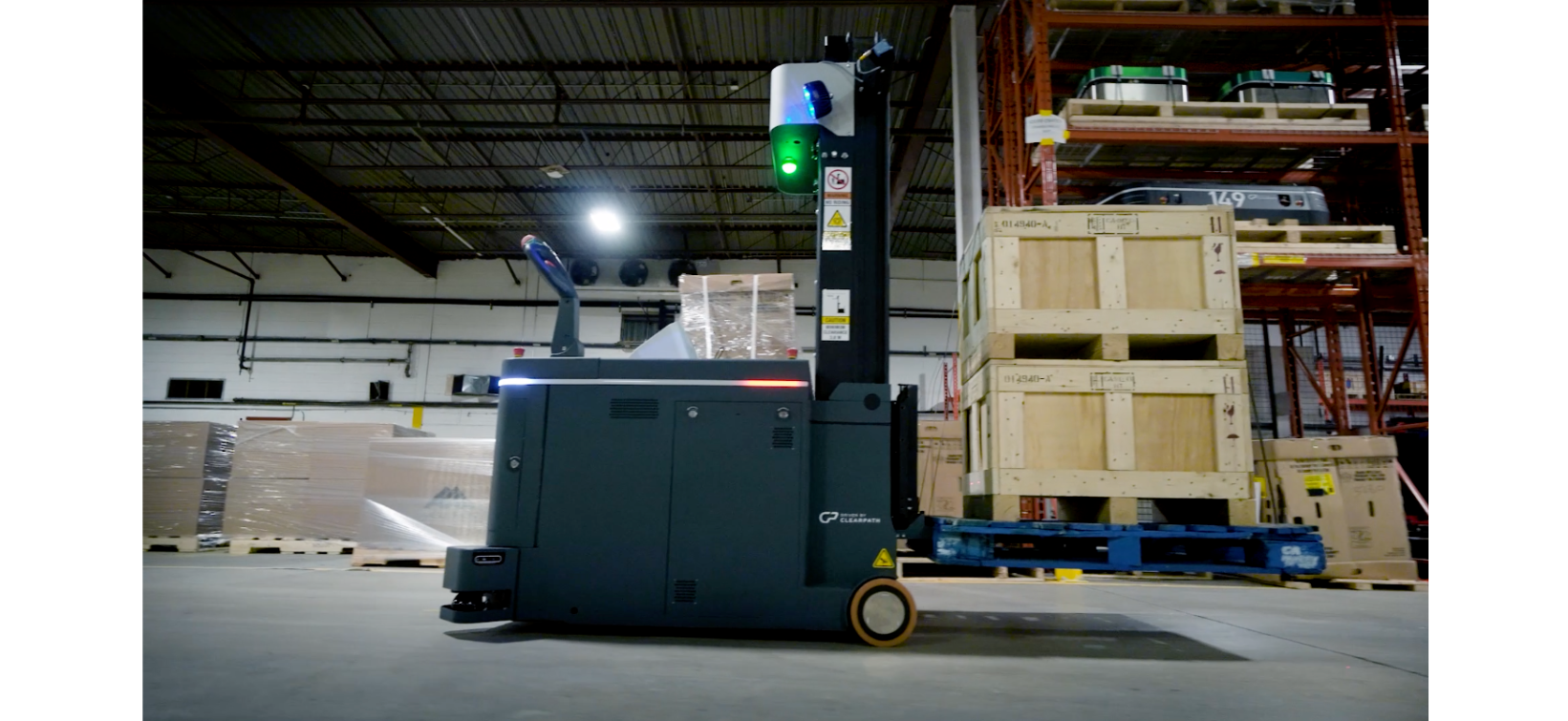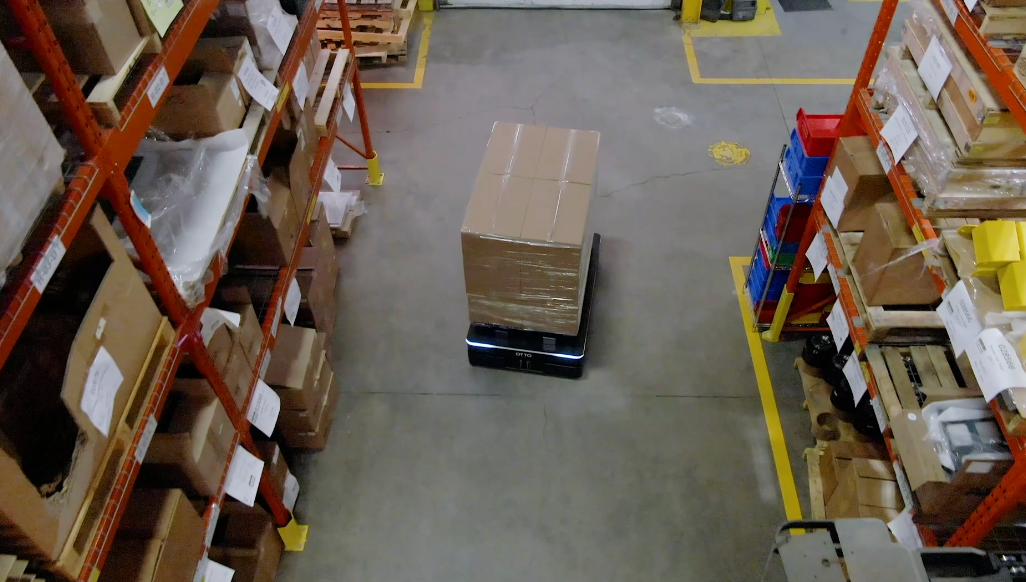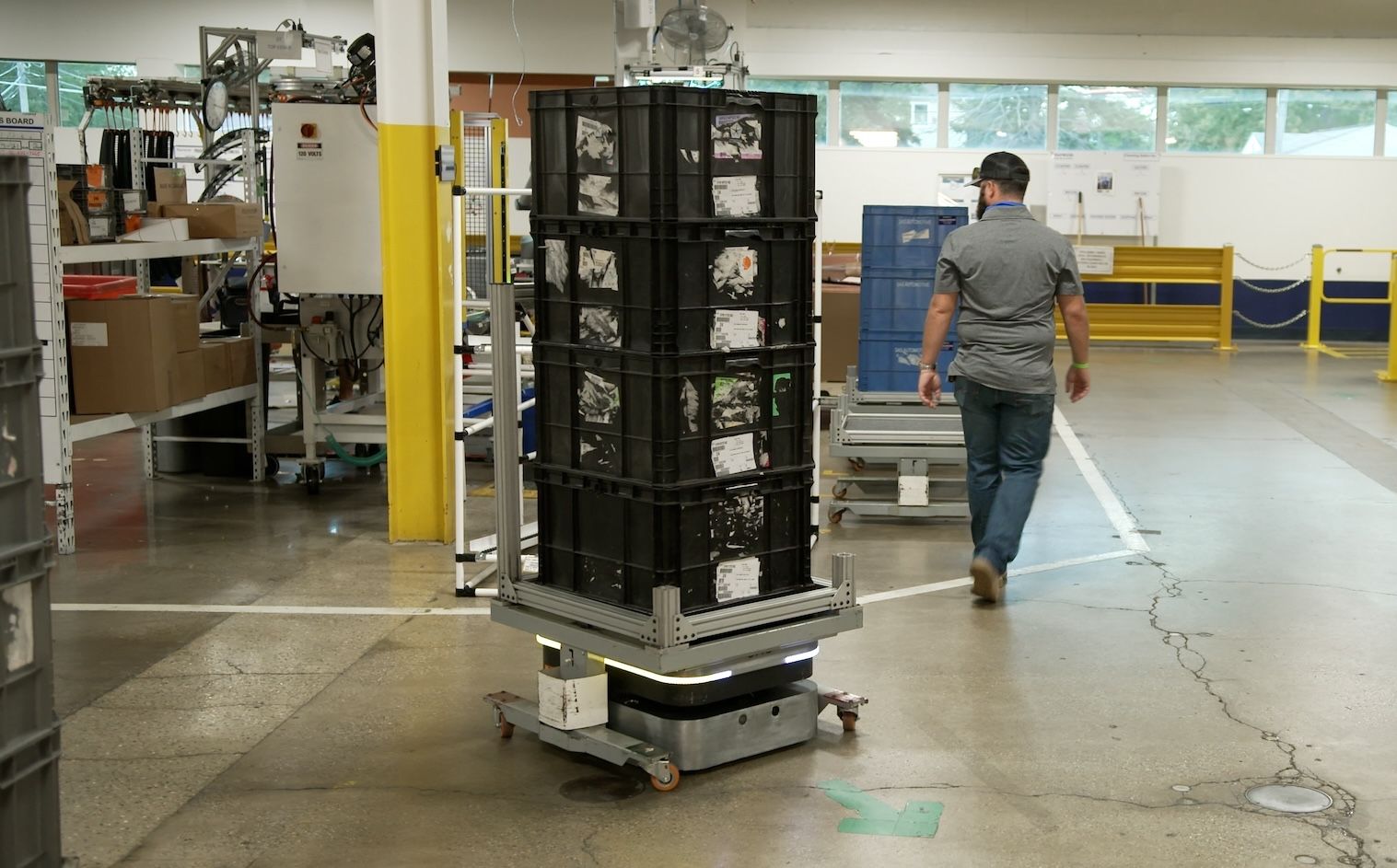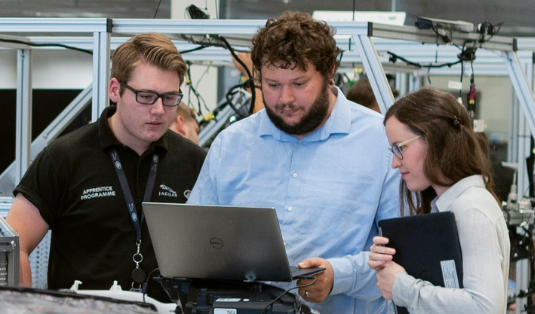Blog
Can AMRs make the manufacturing industry more sustainable?

In recent years, the manufacturing industry has witnessed a transformative shift towards sustainability, driven by the urgent need to address environmental concerns, enhance efficiency, improve labor conditions, and reduce operational costs. According to the Environmental Protection Agency, the supply chain industry is responsible for 90% of emissions globally. To ensure the world is on track to limit global warming, the United Nations is calling for emissions to be reduced by 45% by 2030 and to reach net zero by 2050.
Technologies that reduce energy consumption and improve efficiency will help lower the environmental footprint of manufacturing companies. One technological innovation that is playing a pivotal role in sustainable manufacturing is the implementation of autonomous mobile robots (AMRs). These intelligent, self-guided robots are reshaping the manufacturing industry and supporting its unpredictable future.
AMRs reduce carbon emissions by replacing manual material movement
AMRs can minimize the negative environmental impact that has historically been prominent in the material handling industry because of manually driven forklifts. Material transport technologies like AMRs have been proven to use 50% less energy than manual forklifts, according to a study by the Massachusetts Institute of Technology.
In this video, learn how a Texas facility is working towards net zero emissions by 2030 with the help of OTTO AMRs.
Traditional IC forklifts are powered by gasoline, diesel, propane or natural gas, emitting over 5,000 grams of CO2 per hour. By replacing these manual forklifts with sustainable alternatives, such as battery-powered autonomous forklifts, manufacturing facilities can reduce their environmental impact.
AMRs reduce energy use with smart material movement
AMRs reduce not only carbon emissions, but energy waste, too. Equipped with advanced navigation, path planning, and obstacle avoidance software, AMRs take the most efficient route to their destination, reducing unnecessary travel distances. Integrating AMR solutions helps facilities streamline logistics and lower energy consumption, and can lead to long-term cost savings and higher profitability.
AMRs are also incredibly precise and cautious, enabling facilities to minimize damages and save costs. This reduces the resources needed to reproduce broken products that are more common in facilities that still operate on manual material movement.
AMRs contribute to a sustainable workforce
As customer demands for more customized products, faster response times, and lower prices increase, manufacturing facilities continue to search for ways to keep up while keeping their valuable workers satisfied. Many facilities are investing in AMRs to elevate their employees into meaningful work and improve their working conditions.
These robots aren’t replacing workers, but rather augmenting their work. AMRs are programmed to adapt to evolving demand and to move from point A to point B as efficiently as possible. With the AMRs doing the repetitive, dull material handling, the facility’s existing workforce can focus on more value-added, fulfilling tasks that require uniquely human skills.
As manufacturing facilities shift toward sustainable approaches that contribute to the longevity of their production, AMRs have proven to be an important contributor. By embracing the power of AMRs, manufacturers are not only improving their bottom line, but are also contributing to a more sustainable and resilient future in their own facilities and within the world at large.







